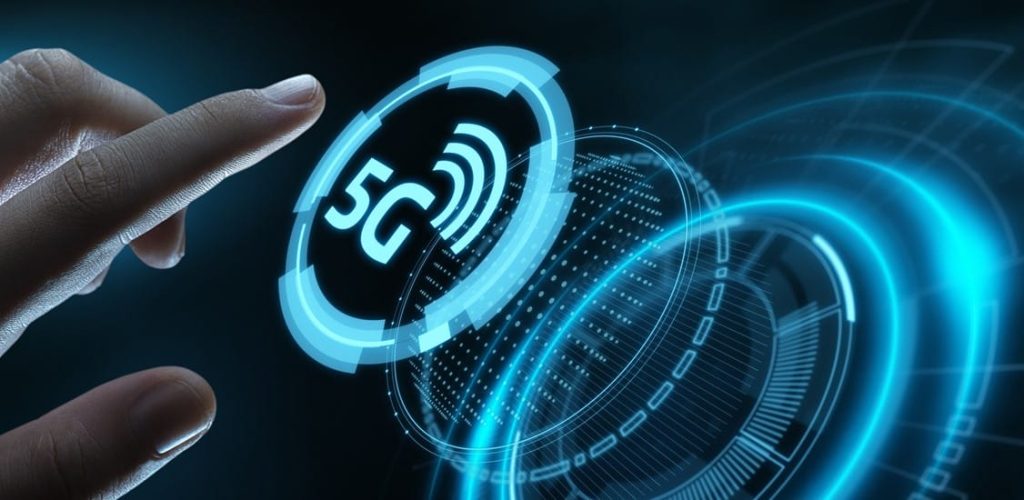The advent of 5G network technology is set to revolutionize the way we connect and communicate. With its faster speeds, lower latency, and increased capacity, 5G promises to transform various industries, from autonomous vehicles to telemedicine. However, the new technology also poses challenges that need to be carefully considered.
Faster Speeds and Lower Latency:
One of the key benefits of 5G is its ability to provide significantly faster download and upload speeds, allowing for smooth streaming of high-quality video and other data-intensive content.
Additionally, 5G’s low latency will reduce lag time in real-time applications, opening up new opportunities for remote work, telemedicine, and other applications that require instant communication.
Increased Capacity:
Another benefit of 5G is increased capacity, allowing more devices to be connected to the network simultaneously without compromising performance. This is crucial in the context of the Internet of Things, where billions of connected devices are expected to come online in the coming years, increasing demand for bandwidth and connectivity.
5G is also designed to support advanced technologies like virtual reality and autonomous vehicles that require low latency, high bandwidth, and reliable connectivity.
Industry Applications:
The automotive and healthcare sectors are two industries expected to benefit significantly from 5G. 5G’s low latency and high bandwidth will enable vehicles to communicate with each other in real time, improving road safety and reducing the risk of accidents.
Meanwhile, 5G’s low latency and high bandwidth will allow healthcare professionals to perform remote consultations, diagnoses, and surgeries, improving access to care, especially in rural and remote areas.
Challenges and Complexities:
While 5G brings enormous benefits, it also poses challenges that need to be carefully addressed. One of the key challenges facing 5G is the need for massive infrastructure investment to support the increased demand for bandwidth and connectivity.
Additionally, concerns have been raised about the potential health and environmental impacts of 5G, including electromagnetic radiation and the potential to contribute to digital inequality and the widening of the digital divide.
Conclusion:
As we embark on this exciting new era of 5G, it is essential that we approach this technology with caution and discernment, carefully considering its implications and consequences, and working to ensure its responsible and sustainable deployment.
The opportunities are vast, but so are the challenges, and only by addressing these challenges can we fully reap the benefits of 5G network technology.





